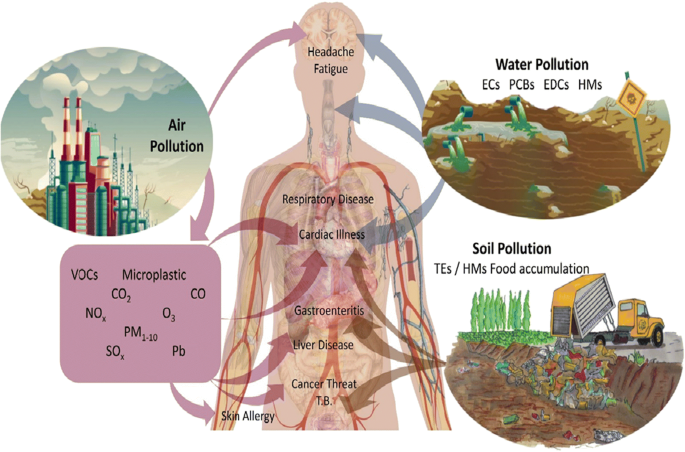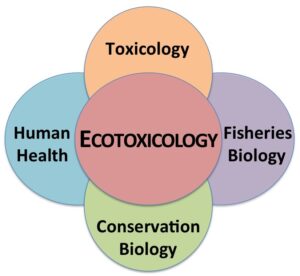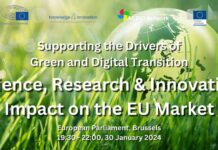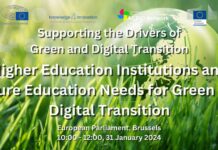The head of this working group is Associate Professor Dr.Sc.Marijana Ćurčić
 Prof. Ćurčić holds her postgraduate education through courses organized by EUROTOX and IUTOX, scholarship of the Japanese Organization for International Collaboration (JICA), as well as the Karolinska Institute, Sweden. The focus of Mariana Ćurčić’s research is mixture toxicology, toxicological risk assessment, safe chemicals management and analytical toxicology. Marijana Ćurčić’s expert activities are related to the evaluation of genotoxic impurities for the purposes of placing the drug on the market, evaluation of the documentation for plant protection products, inventory of selected POPs chemicals for updating the national implementation plan for the Stockholm Convention. Prof. Ćurčić is a lecturer for chemical advisors with the approval of the Ministry of Environmental Protection. She is the President of the Commission for Chemicals and Biological Material of the Faculty of Pharmacy as well as a member of the faculty promotion team. Prof. Marijana Ćurčić has published 35 papers in international journals (category M20) and she is a reviewer in international and national scientific journals.
Prof. Ćurčić holds her postgraduate education through courses organized by EUROTOX and IUTOX, scholarship of the Japanese Organization for International Collaboration (JICA), as well as the Karolinska Institute, Sweden. The focus of Mariana Ćurčić’s research is mixture toxicology, toxicological risk assessment, safe chemicals management and analytical toxicology. Marijana Ćurčić’s expert activities are related to the evaluation of genotoxic impurities for the purposes of placing the drug on the market, evaluation of the documentation for plant protection products, inventory of selected POPs chemicals for updating the national implementation plan for the Stockholm Convention. Prof. Ćurčić is a lecturer for chemical advisors with the approval of the Ministry of Environmental Protection. She is the President of the Commission for Chemicals and Biological Material of the Faculty of Pharmacy as well as a member of the faculty promotion team. Prof. Marijana Ćurčić has published 35 papers in international journals (category M20) and she is a reviewer in international and national scientific journals.
[arve url=”https://youtu.be/zO-Qhq_1J4U” /]
“Ecotoxicology, Toxicology, and Human Health Risk Assessment” working group would have a multidisciplinary focus on assessing the impact of hazardous substances on both the environment (ecotoxicology) and human health (toxicology).

An “Ecotoxicology, Toxicology, and Human Health Risk Assessment” working group would have a multidisciplinary focus on assessing the impact of hazardous substances on both the environment (ecotoxicology) and human health (toxicology). It would be involved in evaluating the risks posed by various chemicals, pollutants, and contaminants to ecosystems and human populations. Here are the key tasks and responsibilities that such a working group might undertake:

-
Hazard Identification: Gather and assess data on the toxicological properties of chemicals and contaminants, considering both their potential harm to the environment (ecotoxicity) and human health (toxicity).
-
Exposure Assessment: Evaluate the pathways and levels of exposure to these substances, both in ecological and human contexts. Consider sources of exposure, routes (e.g., inhalation, ingestion, dermal contact), and population groups at risk.
-
Risk Characterization: Combine information from hazard identification and exposure assessment to estimate the risks posed by these substances. Provide risk assessments for regulatory decision-making, including acceptable exposure levels and health-based guidance values.
-
Ecological Risk Assessment: Focus on assessing the impact of contaminants on ecosystems, wildlife, and aquatic life. Evaluate the potential for bioaccumulation and biomagnification within food chains and assess long-term ecological consequences.
-
Human Health Risk Assessment: Evaluate the risks to human health from exposure to hazardous substances. Consider the potential for acute and chronic health effects, carcinogenicity, mutagenicity, and reproductive toxicity.
-
Environmental Monitoring: Develop and implement monitoring programs to track the presence and concentrations of contaminants in environmental media (e.g., air, water, soil) and in biota (e.g., fish, wildlife). This helps in assessing ongoing risks and trends.
-
Toxicokinetics and Toxicodynamics: Study the absorption, distribution, metabolism, and elimination (ADME) of chemicals in the human body and in ecological systems to better understand their toxicological effects.
-
Biological Effects and Mechanisms: Investigate the mechanisms of action through which chemicals exert their toxic effects on living organisms, including molecular and cellular processes.
-
Data Review and Quality Assurance: Conduct rigorous reviews of toxicological and ecotoxicological data, ensuring data quality and reliability in risk assessments.
-
Risk Communication: Effectively communicate risk assessment findings to various stakeholders, including regulatory agencies, policymakers, affected communities, and industry stakeholders.
-
Regulatory Compliance: Assist organizations and industries in complying with regulatory requirements related to risk assessments, safety evaluations, and environmental impact assessments.
-
Development of Risk Mitigation Strategies: Develop recommendations for risk management strategies based on the risk assessment findings. Suggest measures to mitigate risks and protect both the environment and human health.
-
Interdisciplinary Collaboration: Collaborate with experts from diverse fields, including toxicology, environmental science, epidemiology, and public health, to address complex issues that require multidisciplinary perspectives.
-
Capacity Building: Offer training and educational programs to build the capacity of professionals in the fields of ecotoxicology and toxicology, helping them stay updated on emerging methodologies and best practices.
-
Research and Innovation: Engage in research activities to advance the fields of ecotoxicology and toxicology, exploring new approaches, technologies, and assessment methodologies.























